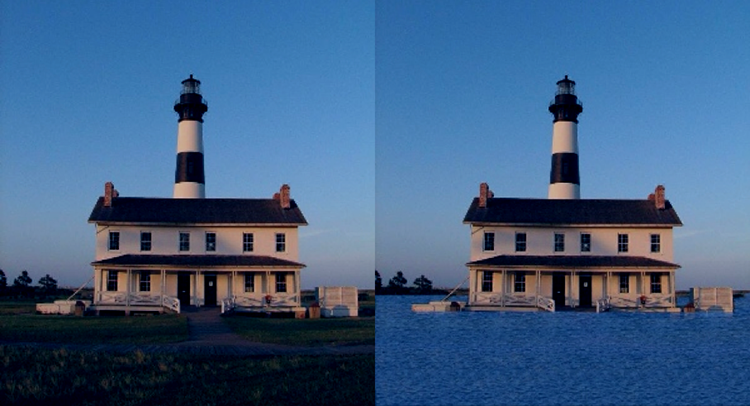Symbolic and Cultural Considerations
Several factors can complicate the use of vulnerability to prioritize areas for protection. A vulnerability assessment may not capture the symbolic or cultural importance of community landmarks, which can be difficult to measure or compare from place to place. Community surveys or qualitative rankings (such as those performed using a subjective scoring system in a qualitative cost-benefit analysis, as discussed above) can give a sense of how strongly a community values such landmarks. These surveys and rankings may reveal a consensus about the importance of these landmarks. But they can also uncover deep cultural divides about their value: a building that is a treasured part of the history or identity of one stakeholder group may be an eyesore for another.

Moreover, even within a vulnerability framework, different stakeholders may emphasize different dimensions of vulnerability, leading to disagreements about how to prioritize protections. For example, one stakeholder group may advocate prioritizing protection for areas where the dollar value of exposed infrastructure is highest, another may suggest prioritizing protection for sensitive infrastructure such as water treatment plants, while a third may prefer giving priority to assisting persons with low adaptive capacity (such as many of the poor and elderly). In some cases, communities may be able to combine protection strategies to address the priorities and vulnerabilities of multiple stakeholders; in other cases, cost-benefit analysis may need to be used with public deliberation to identify which people and places should be protected first, and which strategies should be used to protect them.
Learning Check Point
Please take a few moments to think about what you just learned, then answer the following question to test your knowledge.
